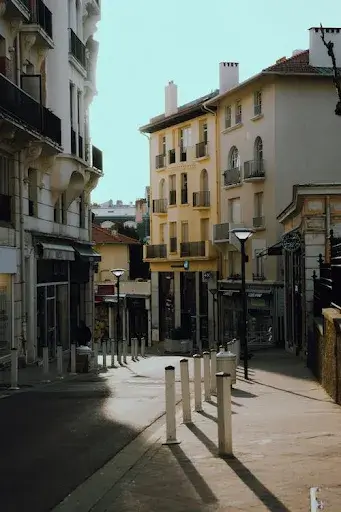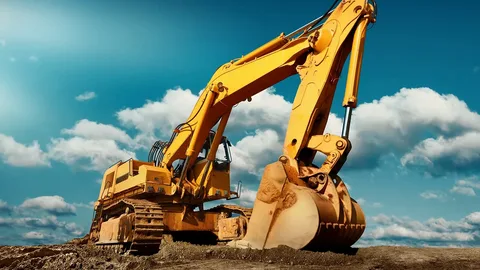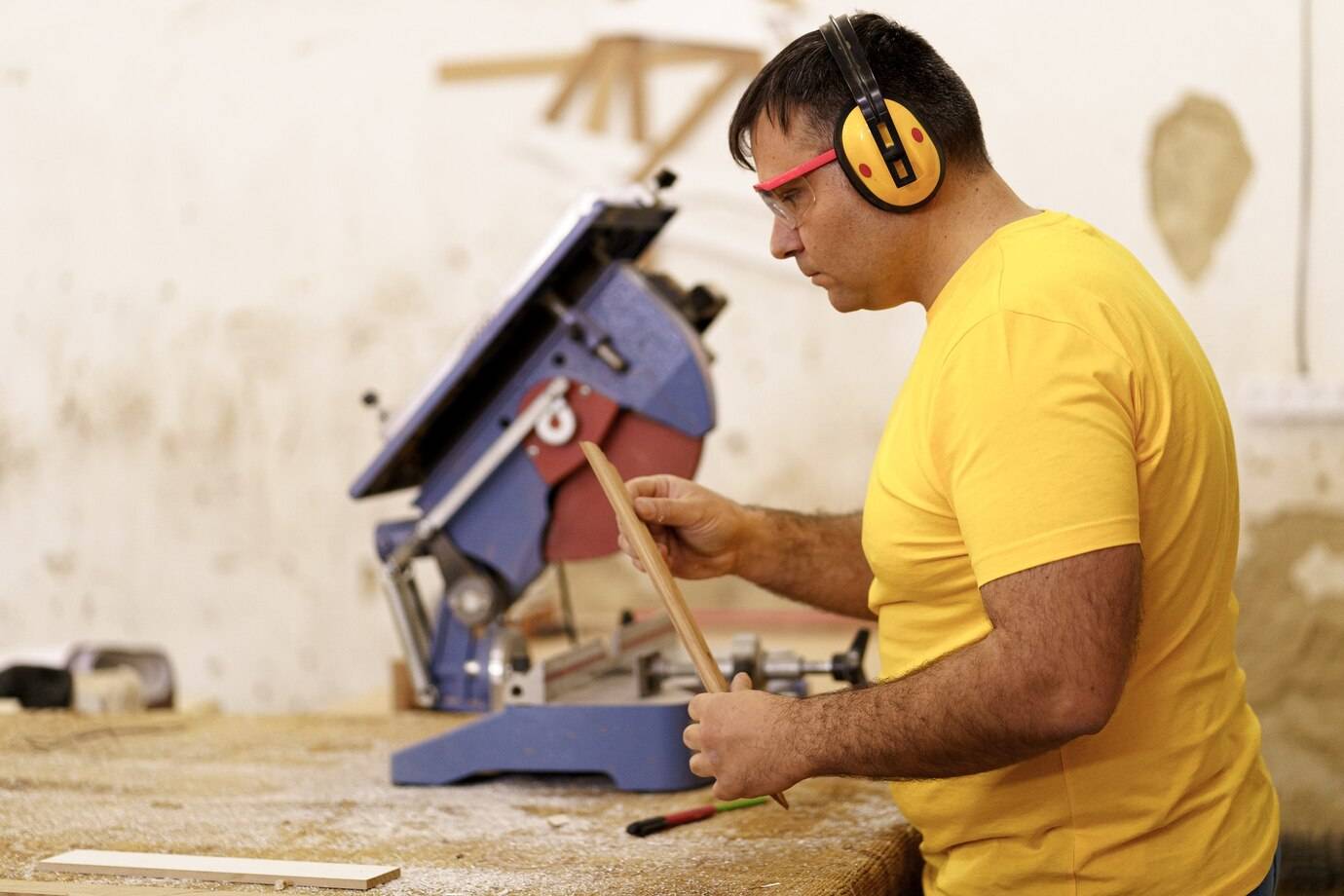
Bollards, a term familiar yet often overlooked, have silently marked our urban landscapes for centuries. Originating in the nautical world as a practical solution for mooring ships, these sturdy posts have evolved significantly over time, seamlessly embedding themselves in our day-to-day lives. From delineating traffic to safeguarding pedestrians and architectural sites, bollards have served an array of purposes beyond their original naval function.
The history of bollards presents a compelling narrative, intertwining functionality and aesthetics, history and modernity, illustrating the adaptability of design in response to changing societal needs. This article will explore the evolution of bollards from their ancient maritime origins to their diverse roles in our contemporary cities.
The Origin of Bollards
The term “bollard” traces its roots back to the maritime world. The word is believed to have derived from the Old Norse word ‘bol’, meaning ‘tree trunk’. It was customary for seafaring cultures to use sturdy wooden posts, often created from tree trunks, as mooring devices to secure their ships. These posts, the precursors to modern bollards, were found on quaysides, where they served an essential function in ship docking.
The shape and design of the early bollard varied across different cultures and periods. In many European ports during the middle ages, it was common to repurpose old, decommissioned cannons as bollards. The cannons would be buried, muzzle down, to create robust and cost-effective bollards. This practice further enhanced the connection between bollards and naval history, a link which is still visible today in the traditional “cannon” design of many bollards.
As maritime technologies evolved, so too did the design of bollards. The introduction of new materials, like iron, allowed for more durable and effective bollards. At the same time, the global proliferation of sea trade during the Age of Exploration contributed to the widespread adoption of bollards in ports around the world. Thus, the humble origins of bollards are steeped in a rich naval tradition that continues to influence their form and function even today.
Transition of Bollards
As the Industrial Revolution swept across Europe and America in the 18th and 19th centuries, urban centers grew rapidly. The rise of carriages and later, automobiles, necessitated effective traffic management solutions. It was during this era that bollards began to find a place in the urban setting, no longer confined to the docks.
Initially, bollards were installed to protect pedestrians from errant carriages on bustling city streets. These early urban bollards borrowed heavily from their naval counterparts, both in design and materials. Iron, which had already proven its worth in seafaring applications, was the material of choice. However, instead of mooring ropes, these bollards now encountered the force of wheeled vehicles, a shift that required new considerations in their design and placement.
As urban planning evolved, so did the function and form of bollards. City authorities started using them to delineate pedestrian areas, manage traffic flow, and protect architectural and historical landmarks. Over time, they became an integral part of the urban landscape, their purpose expanding and transforming to meet the challenges and demands of changing city life. This transition marked a significant evolution in the use and perception of what a bollard is, from maritime utilities to critical urban fixtures.
Modern Uses of Bollards
As we step into the 21st century, bollards have evolved far beyond their initial uses and have adapted to the multifaceted needs of modern urban environments. One of the most notable developments in recent years is the introduction of security bollards. In an era where vehicle-based attacks have unfortunately become a reality, these heavy-duty installations serve a critical role in protecting public spaces, buildings, and crowds from potential threats. Constructed from robust materials like reinforced steel and concrete, security bollards are designed to withstand high-impact collisions, making them an essential component in modern security infrastructure.
Beyond security, the role of bollards in urban design and landscaping has grown significantly. They are used to demarcate pedestrian zones, cycle lanes, and outdoor dining areas, contributing to the creation of safe and enjoyable urban spaces. Bollards now come in various shapes, colors, and designs, allowing city planners and architects to choose options that complement the aesthetic of the surrounding environment. This versatility – from minimalist steel posts in modern city districts to ornately decorated bollards- enhances the charm of historical neighborhoods.
The history of bollards, from their inception as maritime tools to their significant role in modern cityscapes, reflects a remarkable progression of innovation and adaptation. As they continue to evolve with emerging societal needs and technological advancements, bollards are certain to maintain their relevance and contribute significantly to our urban futures.







